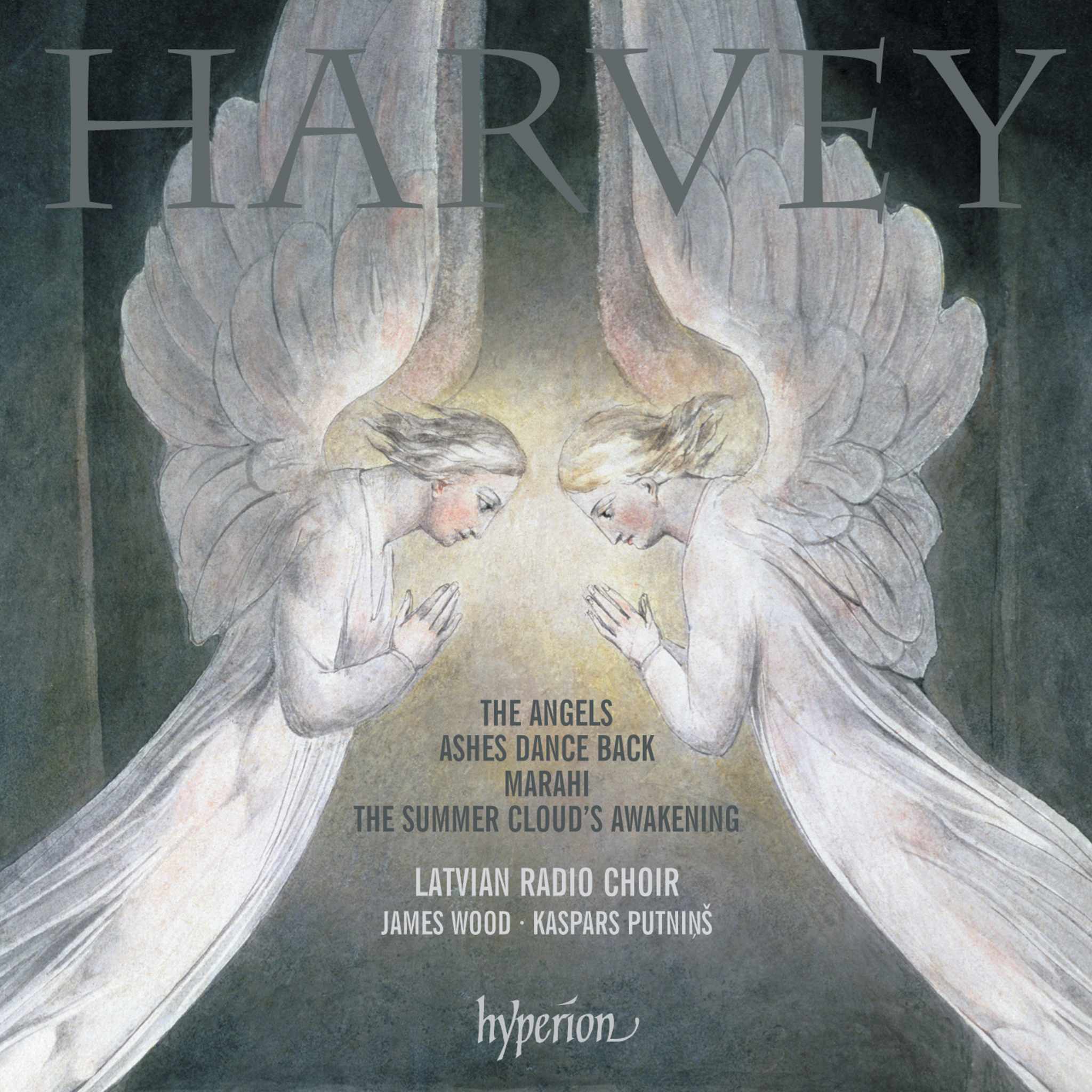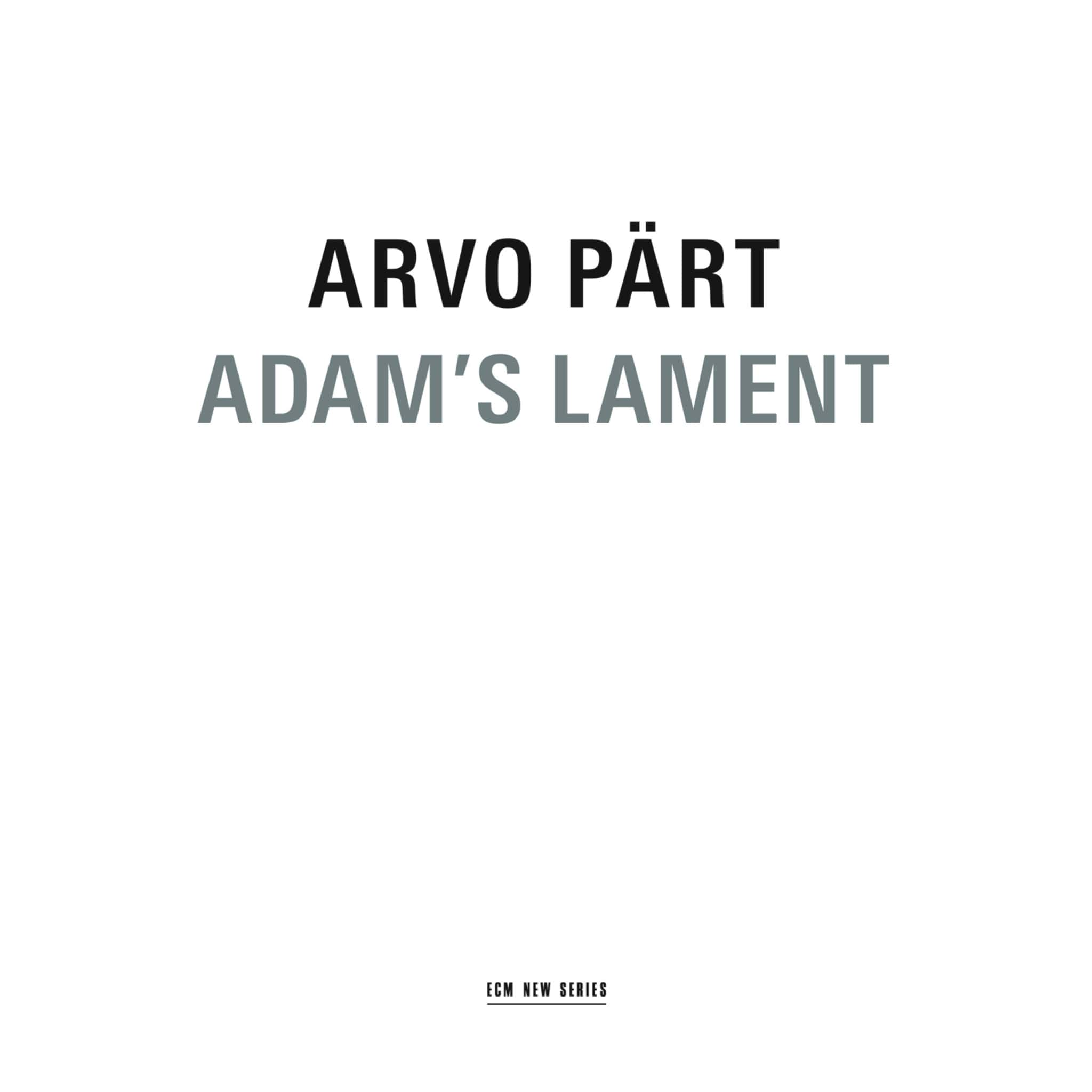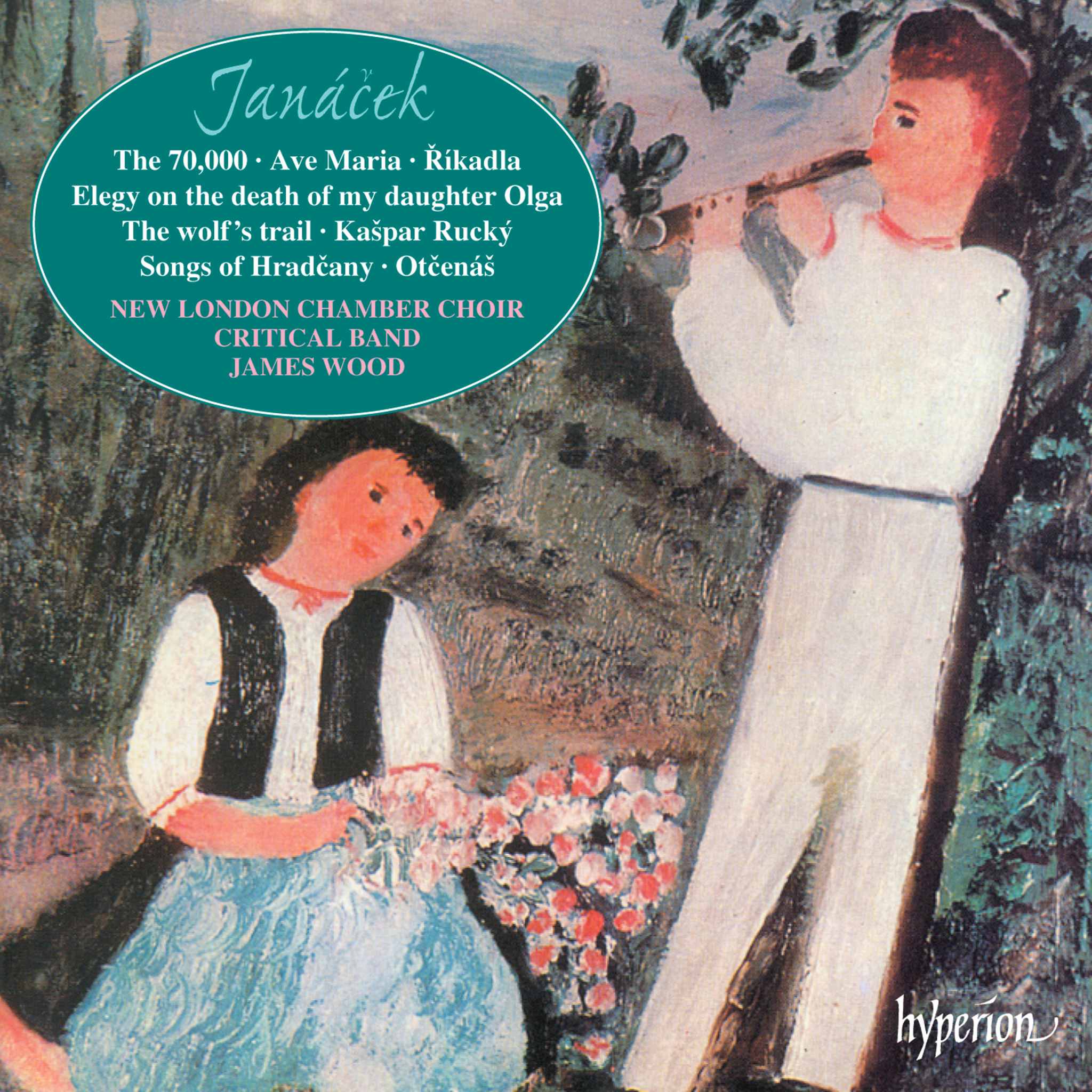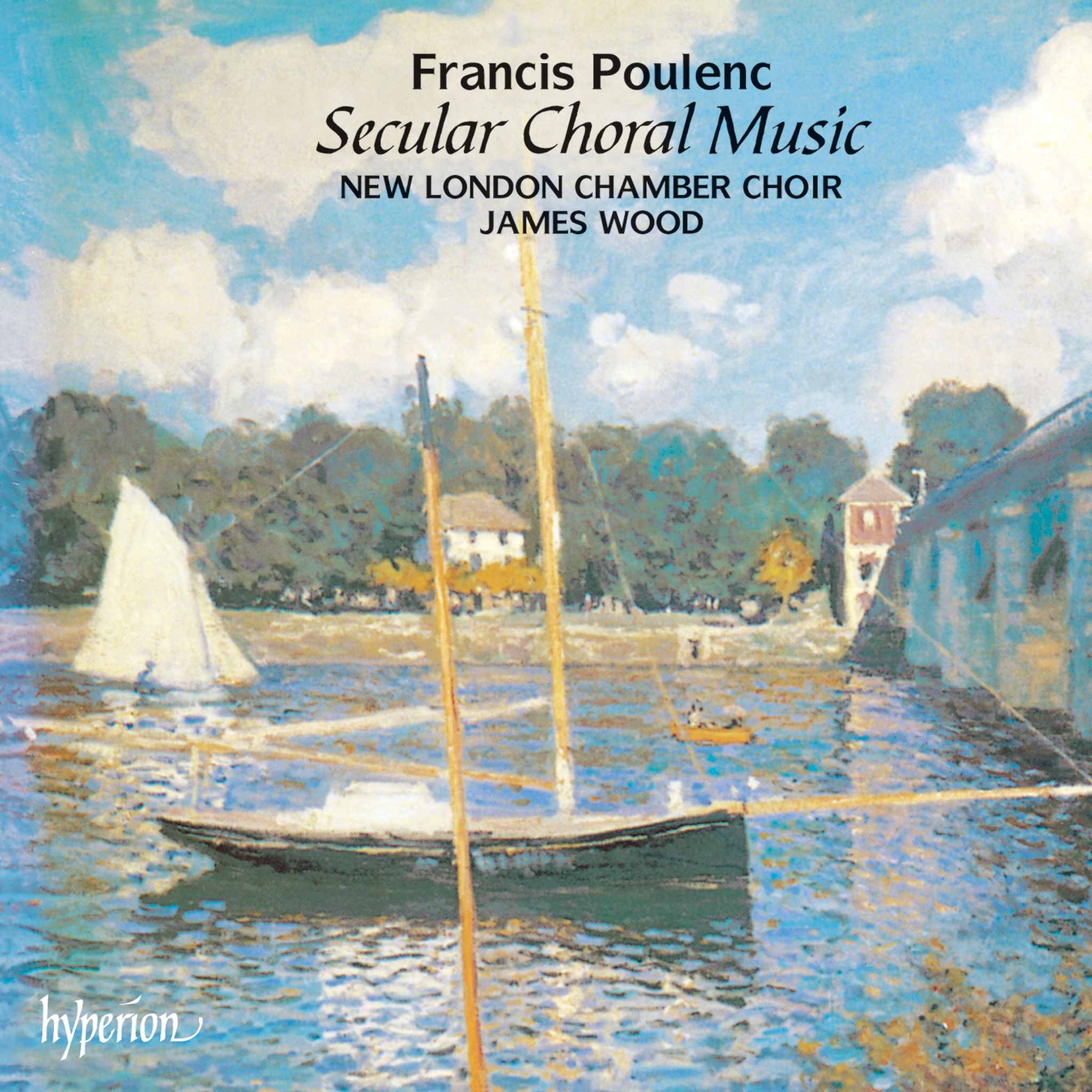Album insights
Nikolai Andrejewitsch Roslawez, once forgotten and even repressed, stands out as one of the most fascinating figures in Russian music from the first half of the 20th century. Unlike many of his contemporaries from the early Soviet period, he hailed from the peasantry. Autobiographical sketches from 1924 describe his birthplace in Ukraine and his journey to studying music before eventually being accepted at the Moscow Conservatory. Associated with the Russian avant-garde, including artists like Kasimir Malewitsch, Roslawez immersed himself in vibrant artistic debates. He welcomed the 1917 revolutions and was later involved in progressive musical societies.
Despite facing political challenges and denunciations, Roslawez remained an ardent modernist. His works incorporated influences from the Second Viennese School and dealt with ongoing political scrutiny. After turbulent times, he found himself teaching and composing in Moskau, simplifying his musical language while retaining individuality. Neglected after his death, Roslawez's reputation saw a resurgence during the Perestroika era. Notable among his works is the symphonic poem "In den Stunden des Neumondes," showcasing his complex yet structured musical style.
Roslawez's monumental "Kammersymphonie," a significant addition to the Soviet symphonic canon, demonstrates his prowess in orchestration and polyphonic development. The four-movement composition draws influences from Schönberg and Russian folk music, creating a symphonic work with distinct narrative arcs. Each movement, whether the broad sonata form of the first, the atmospheric rhapsodic nature of the slow movement, the fantastic dance of the scherzo, or the dynamic finale, showcases Roslawez's masterful handling of the orchestra and thematic development.
Throughout his career, Roslawez strived for a personal musical language, blending traditional tonality with his avant-garde sensibilities. Despite facing political obstacles and posthumous neglect, his works have enjoyed a revival, with his symphonic endeavors being recognized as vital contributions to the Soviet musical landscape.





